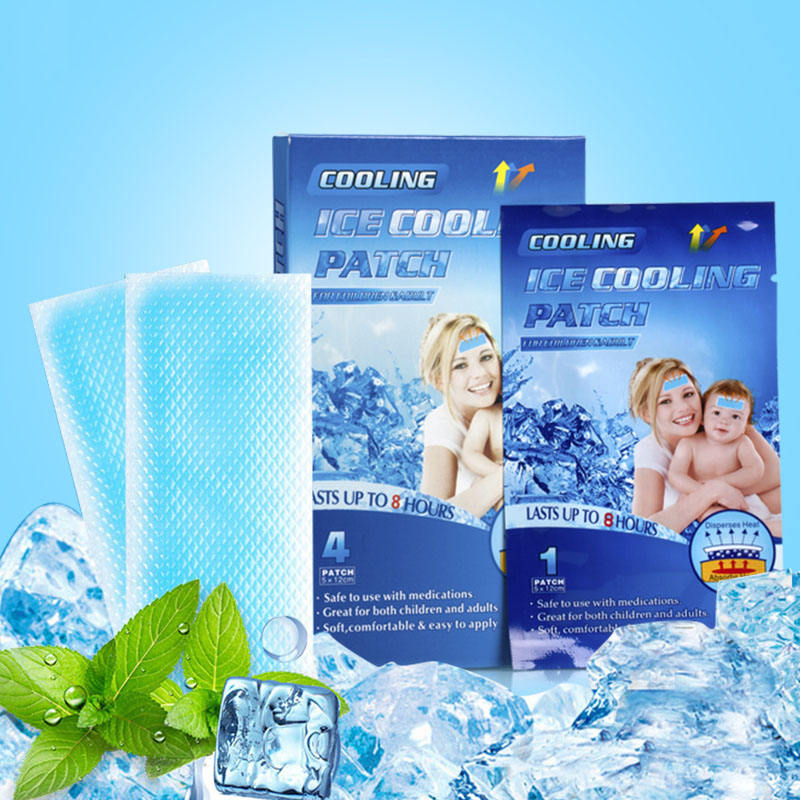Author:Kangdi 22-12-2023
Cooling gel patches offer a convenient format to provide cold therapy for pain and injury treatment. However, these products come in different efficacy types based on their active cooling agents and intended uses. This article provides a buyer's guide to selecting the right cooling gel patch based on ingredient types and functional properties.
Menthol-based cooling gel patches provide cold analgesia through the menthol active ingredient, which triggers cold-sensitive TRPM8 receptors upon skin contact. Menthol patches offer consistent chilling powered by the fixed menthol content. They are commonly used to alleviate minor sports injuries, arthritis, backaches and headaches.
Non-menthol cooling patches rely on agents like methanol or polyethylene glycol to induce a cooling sensation. They provide a more gradual cooling effect compared to menthol patches. Non-menthol types are suitable for inflammation and swelling reduction without the risk of menthol sensitivity.
Counterirritant patches contain capsaicin from hot peppers rather than cooling agents. Capsaicin activates TRPV1 warm receptors to provide distracting relief by depleting pain neurotransmitters. Counterirritant patches are often used for nerve pain, arthritis and musculoskeletal injuries.
Some gel patches are infused with additional active ingredients like analgesics and anti-inflammatories for enhanced efficacy. For example, patches with salicylate provide the pain relief of an NSAID in topical cold therapy form. Patches with herbal extracts like arnica offer natural pain relief and anti-inflammatory properties alongside cooling.
When selecting a cooling gel patch, buyers should consider the desired length of cold action. Short-term patches provide 1-2 hours of cooling for acute injuries while long-duration patches offer 6-8 hours of sustained relief better suited for chronic conditions. Transdermal patches with penetration enhancers can prolong cooling effects.
In summary, cooling gel patches are available in menthol-based, non-menthol and counterirritant formats to suit different therapeutic needs. Buyers should evaluate the active ingredients and duration of action to choose the optimal patch type for managing specific conditions or pain symptoms. Consulting a pharmacist or physician supports selecting the most effective patch product.
 0086 19937104978
0086 19937104978





